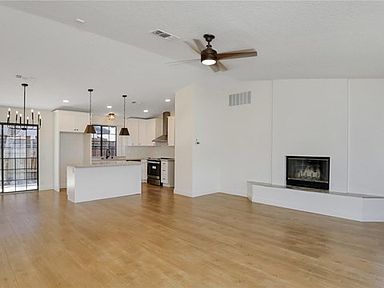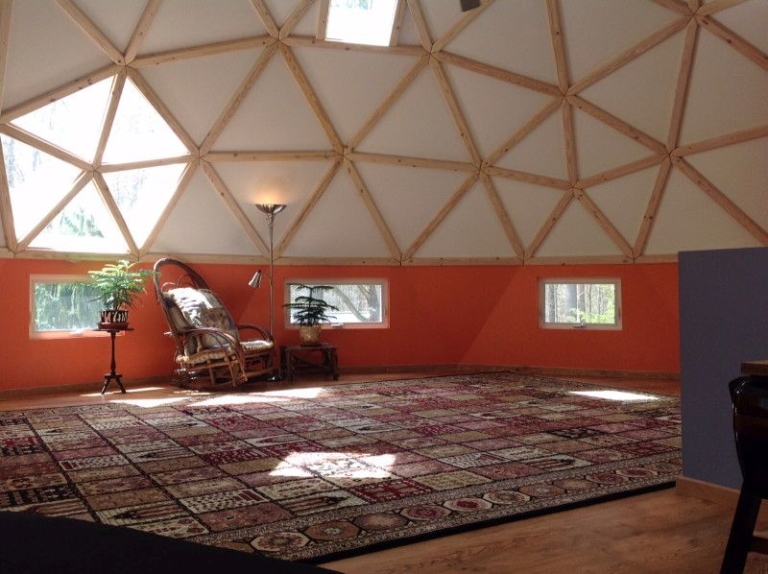Table of Content
- The following are some ways that you can save money on your prefab home construction:
- Site Built Styling At Affordable Prices - SHOP NOW >
- Modular vs. Manufactured Homes Cost
- Winter vs Summer Manufactured Homes Prices in the Western Region
- Before You Start: Buying the Right Land
- Modular Home Foundation Cost
You’d also like to go “green” with higher-grade insulation and higher quality doors and windows. The garage is going to be the most expensive, with a price tag of $24,000. These custom options very based on what the manufacturer and local builder have to offer. That is why all prefab homes are made from prefabricated building materials. Although, they can cost as $50000 to $100,000, the amount of money that will get spent on the home depends on the size and customization of the house. We have now reached the designs that take more than $1.3 million to build but you will soon understand why this price is so high.
Banks tend to offer fewer financing options compared to site-built homes. Modular homes attached to a permanent foundation qualify for more loans, but on-frame modular homes are categorized as mobile homes and may require alternative lending sources. Prices tend to be about the same nationwide, but there may be regional design differences to match the local building codes and the style of your neighborhood. Bigger cities typically have more models on display and a larger selection of modular home floor plans. The average cost to deliver a modular home is $5 to $10 per square foot or from $3,000 to $12,000 or more depending on the size, number of modules, and distance. Delivering a modular home includes transportation, an on-site crane, and a crew to set the modules onto the foundation.
The following are some ways that you can save money on your prefab home construction:
It has clean lines that are created by the full-length windows, the vertical wood paneling, and the flat roof. It is the equivalent of a tiny studio that has a certain contemporary look to it that can fit right into any urban setting. Part of the appeal of a prefab kit home is that it can be small enough to take on the road.
There might be limitations by certain builders, but these wouldn’t be technical limitations but more of service/offering. I’ve worked with most major companies you have listed here and most offered a complete custom build. We designed our own 3000 sqft home, provided the floor plan to the builder, they made one very minor adjustment and created blueprints based on those.
Site Built Styling At Affordable Prices - SHOP NOW >
Modular buildings are fixed to a solid basement foundation and are safer when dealing with flooding and hurricanes. Modular homes can withstand hurricane winds of 175-mph with less damage than traditional site-built houses and are recommended by FEMA. Modular home manufacturers build 80 to 90 percent of the home's sections or modules in a factory.

The starting cost will be anywhere near $150 to $400 per square foot. Always pay attention to the package, as it can list out appliances, windows, flooring, insulation, wiring, and doors. The built rate will depend on the location and the contract that comes along with the project. You will need to find a reputable builder who will give you the best deal without raking up money and wasting time. When you take in all the factors of building a prefab house, the materials are just one of the many elements that need to come together to finish the build.
Modular vs. Manufactured Homes Cost
The average modular home costs between $100,000 and $150,000 for a 1,200-square-foot building with two bedrooms. 2 bedroom modular homes are a great option for those who want to live in their own space in a short period of time. This type of home can be built in about 6-9 months, depending on the size and features.

Keep in mind that this is a cost estimate for a mid-range quality prefab home, without any high-end features or materials, or customization options. Many modular homes that offer finishing packages include energy-efficient and sustainable materials, such as Energy Star appliances and cork or bamboo flooring. You may even be able to find modular home builders that offer upgrades to solar panels or energy-efficient tankless water heaters. One of the major selling points of buying a prefab home is that, generally speaking, they’re less expensive to build than a stick-built home.
How Much Does a Modular Home Cost per Square Foot?
Some people may believe that kit homes contain inferior materials, but that is not the case. Instead, all kit homes will include the proper building materials that you’d find in a traditional build, making them safe, durable, and meant to last. These homes don’t depreciate in overall value, since they are permanent structures. You’ll put them on a foundation, and they’ll hold their value as any other traditionally built home would. Unlike their mobile counterparts, kit homes fair very well in the housing market, even as the home ages.
The base model cost includes the actual home materials, the delivery, and the labor to assemble the modules in place. Learn more about the average cost to build a modular home and what choosing one of these kits entails. The most famous include the distinctive 'Huf Haus', with its large swathes of glass at the heart of its design. And for those with a smaller budget, there are award-winning designs such as the Modhulus, which cost less than £50,000, excluding the price of the land to build them on.
For example, the cost of construction materials like lumber, windows, and doors can be expensive. Plus, taking into account permits and zoning laws can save you money in the long run. Here’s a breakdown of the costs and a few tips for trimming expenses. When it comes to building a sunroom on a budget, it’s important to take into account a few key factors. A small sunroom won’t provide the space or function you want, while a large one will feel cramped and uncomfortable. Make sure to calculate both square footage and height requirements before beginning any construction.

A modular addition costs $65 to $200 per square foot, depending on the materials, size, and extension complexity. An average modular room addition costs between $11,000 and $20,000, or 10 to 15 percent less than site-built additions. Sales tax on a modular home costs $5,000 to $15,000 on average or from 5 to 7 percent of the total cost of the home. Sales tax is often included in base price estimates and vary from state to state.
It’s also important to know that the cost of building your prefab home will be less than the cost of building a house on-site. Constructing a prefab home takes about 30% of the time required to build a house from scratch at a site. This is mainly because the construction work is mostly done at the factory.
Buying a modular house is often cheaper than building one on-site. But buying a modular home requires careful research to ensure that you get what you need. A good builder will provide a detailed list of options for each module. The costs of ensuring that your utility connections are compatible with local services might cost little or nothing, but it could require extensive work. Ideally, you should check these requirements before you begin building your prefab home. You’re pretty much stuck with the requirements of local utility companies and housing authorities for setting up sewer, water, gas, and electricity services.


No comments:
Post a Comment